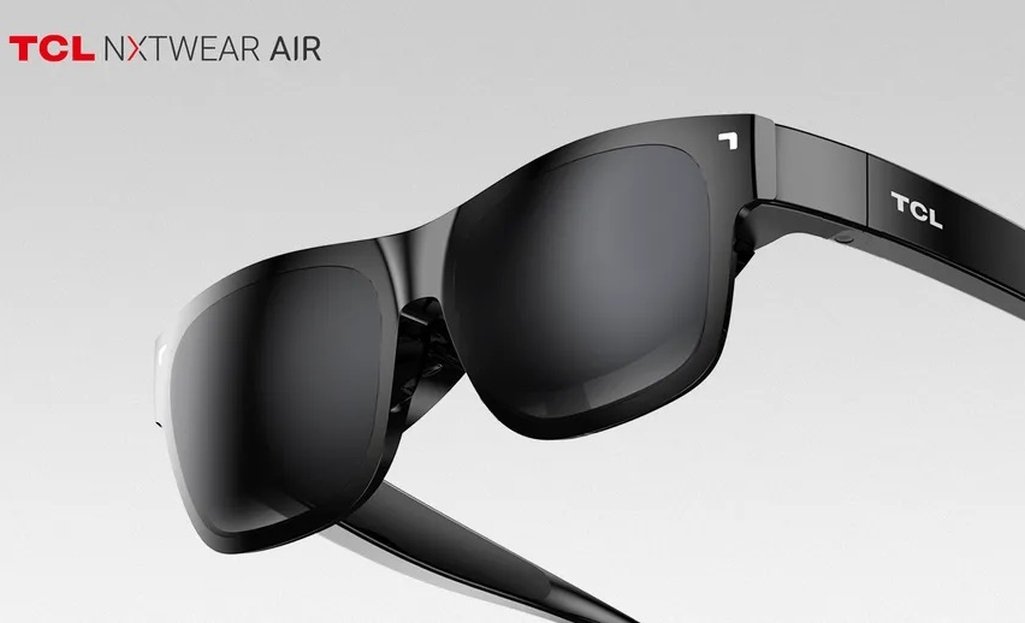No, the NXTWEAR AIR isn't an AR device.
What you need to know
- TCL's new NXTWEAR AIR wearable display glasses are designed for comfort and portability.
- The NXTWEAR AIR features dual 1080p Micro OLED screens with a 47 pixels-per-degree resolution for a "cinema-like level of clarity."
- The glasses are compatible with over 100 smartphones and can also be used as a second screen when paired with a laptop.
TCL expanded its wearables lineup at CES 2022 with the launch of the new NXTWEAR AIR. The company's second-generation wearable display glasses tout a more comfortable fit and happen to be 30% lighter.
Just like the NXTWEAR G glasses that the company announced last year, the new NXTWEAR AIR is basically an external display that you can connect to your phone or laptop. It is equipped with two Full HD Micro OLED displays, which TCL claims can create a viewing environment "equivalent of watching a 140-inch screen, 4 meters away."
Thanks to a 47 pixels-per-degree resolution, the wearable display glasses promise to deliver a cinema-like level of clarity. The glasses also come with dual speakers that can play back stereo audio for spatial effects. You can also connect any wired or wireless headphones to the NXTWEAR AIR for a more private experience.
The new TCL NXTWEAR AIR weighs just 75g with the standard lens, which means it won't weigh you down when watching movies or gaming for hours. Besides greater comfort, the glasses can also be customized to match users' style with two exchangeable front lenses.
TCL says the wearable display glasses are "perfect for commuters, anyone travelling for work, or on a flight." When paired with a laptop, the glasses can act as a second screen as well. Users can also enjoy a "private arcade experience" by pairing the NXTWEAR AIR's companion device with a Bluetooth controller.
Since it uses a USB Type-C connector, the NXTWEAR AIR is compatible with all the best Android phones on the market. It also works with a wide range of tablets and laptops.
TCL hasn't announced pricing or availability yet, but we expect the wearable display glasses to go on sale in select markets sometime later this year.
Source: androidcentral
